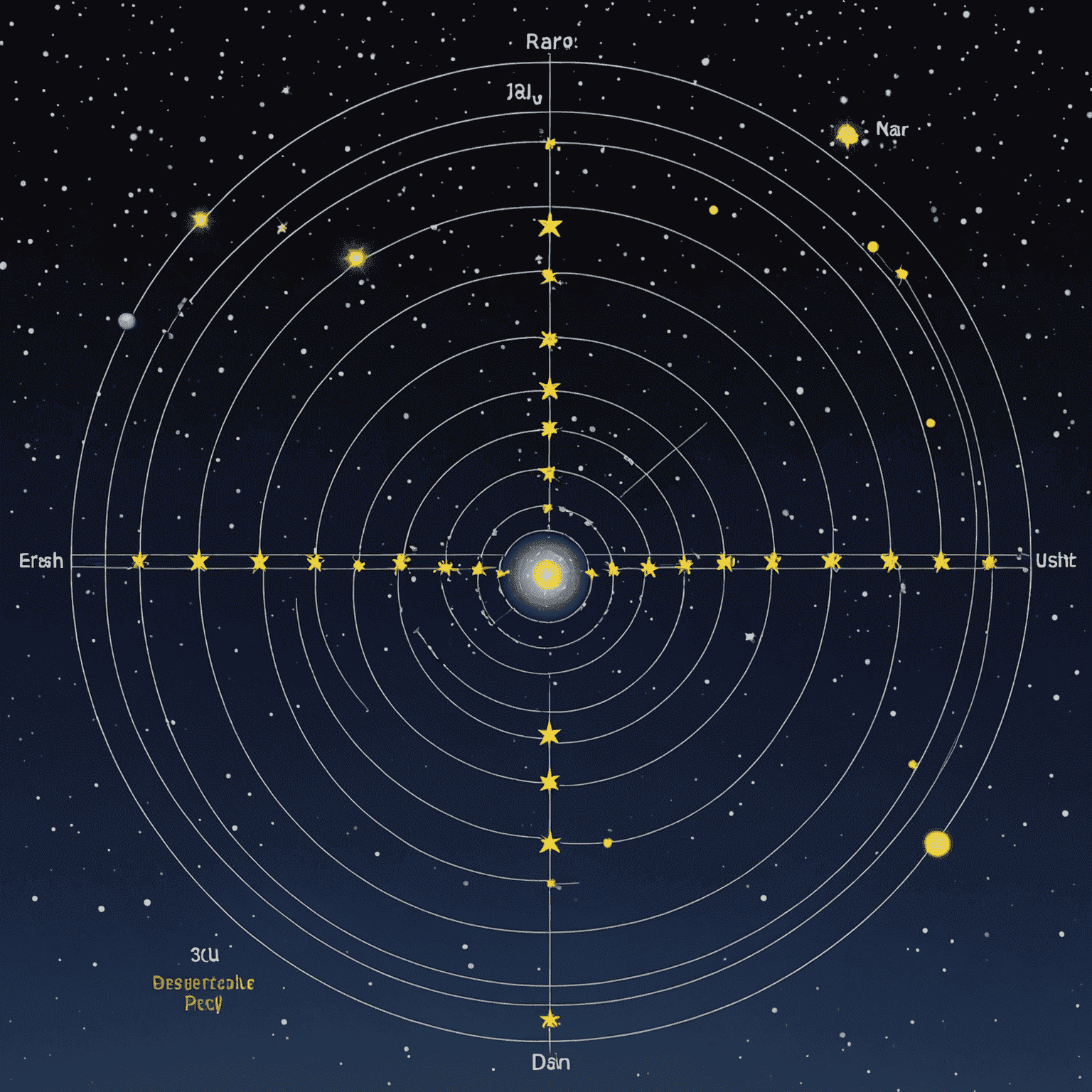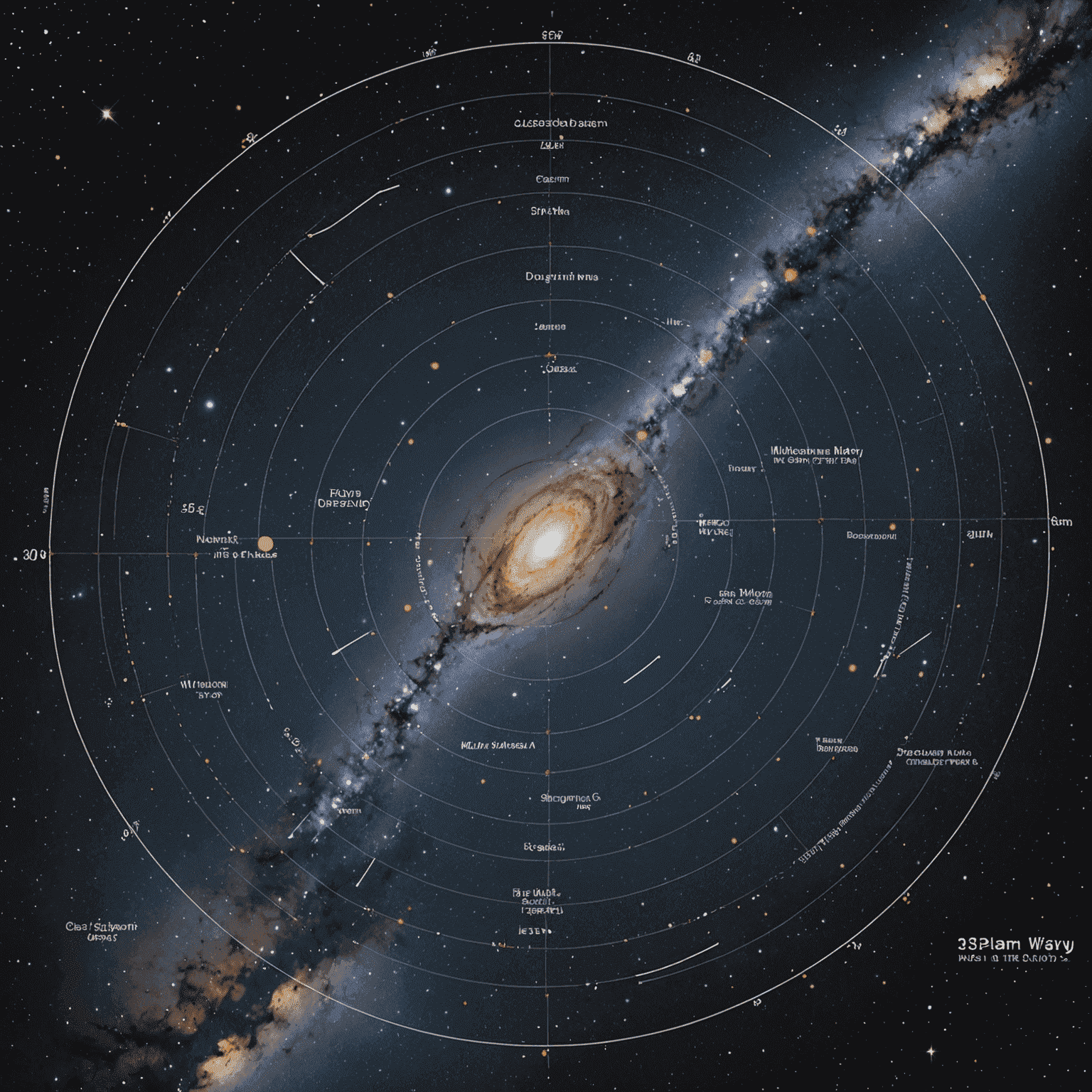The Origin of the Parsec

In the vast expanse of the cosmos, astronomers needed a way to measure the immense distances between celestial bodies. Enter the parsec, a unit of astronomical measurement that has become fundamental in mapping our universe.
The Conception of the Parsec
The parsec, short for "parallax second," was first introduced in 1913 by British astronomer Herbert Hall Turner. Its conception was rooted in the need for a more practical unit to express the vast distances in space, especially when dealing with stellar parallax measurements.
Understanding Parallax
To grasp the concept of the parsec, one must first understand parallax. Parallax is the apparent change in position of an object when viewed from different points. In astronomy, this principle is applied by observing a star from different positions in Earth's orbit around the Sun.

Defining the Parsec
One parsec is defined as the distance at which one astronomical unit (the average distance between the Earth and the Sun) subtends an angle of one arcsecond (1/3600 of a degree). In more relatable terms, one parsec is approximately 3.26 light-years or about 31 trillion kilometers.
Adoption in Astronomical Measurements
The parsec quickly gained popularity among astronomers for several reasons:
- It provided a more intuitive link between observational data (parallax angles) and physical distances.
- It allowed for easier calculations in stellar astronomy.
- It offered a scale more appropriate for discussing interstellar and intergalactic distances.
Impact on Astronomical Research
The adoption of the parsec revolutionized how astronomers communicated about cosmic distances. It became an essential tool in:
- Mapping the structure of our galaxy, the Milky Way
- Understanding the distribution of stars and star clusters
- Measuring distances to nearby galaxies
- Developing our understanding of the scale and structure of the universe
The Parsec in Modern Astronomy
Today, the parsec remains a crucial unit in astronomy. Advanced technologies like the Gaia space observatory have allowed for unprecedented accuracy in parallax measurements, further cementing the parsec's importance in our cosmic understanding.

From its conception in the early 20th century to its widespread use today, the parsec has become an indispensable tool in astronomy. It stands as a testament to human ingenuity in our quest to measure and understand the vast cosmos that surrounds us.